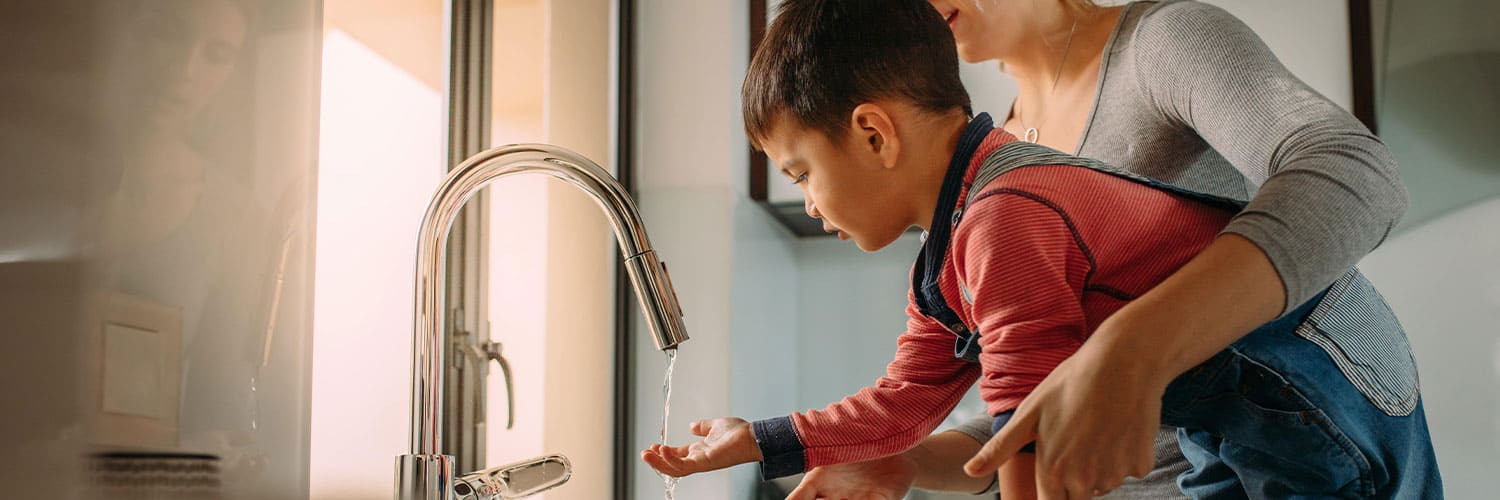Simple Steps to Caring for Your Home's Hot Water System
Simple Steps to Caring for Your Home's Hot Water System
Blog Article
They are making a few great points on the subject of How to Maintain Your Water Heater & Prolong its Life overall in this article beneath.

Warm water is vital for daily convenience, whether it's for a rejuvenating shower or washing recipes. To guarantee your hot water system runs effectively and lasts much longer, routine maintenance is key. This article provides practical pointers and insights on just how to preserve your home's warm water system to stay clear of interruptions and costly repair services.
Introduction
Keeping your home's hot water system could appear challenging, yet with a few simple actions, you can ensure it operates smoothly for years ahead. This guide covers whatever from understanding your hot water system to do it yourself maintenance ideas and knowing when to call in specialist assistance.
Importance of Maintaining Your Hot Water System
Normal maintenance not just extends the life expectancy of your hot water system but additionally ensures it runs efficiently. Disregarding upkeep can result in lowered performance, greater power bills, and also early failure of the system.
Indicators Your Hot Water System Needs Upkeep
Recognizing when your warm water system requires interest can avoid significant issues. Watch out for indicators such as irregular water temperature level, odd sounds from the heating system, or rusty water.
Comprehending Your Warm Water System
Prior to diving right into maintenance tasks, it's practical to recognize the basic elements of your warm water system. Generally, this consists of the hot water heater itself, pipelines, anode poles, and temperature controls.
Monthly Maintenance Tasks
Normal monthly checks can help catch minor problems prior to they rise.
Purging the Water Heater
Flushing your water heater eliminates debris accumulation, boosting performance and lengthening its life.
Checking and Changing Anode Rods
Anode rods prevent corrosion inside the tank. Checking and changing them when worn out is vital.
Inspecting and Changing Temperature Level Settings
Adjusting the temperature setups ensures optimal efficiency and safety and security.
Do It Yourself Tips for Maintenance
You can perform several maintenance jobs on your own to maintain your warm water system in leading problem.
Looking for Leaks
Frequently examine pipes and links for leakages, as these can bring about water damages and higher bills.
Testing Stress Alleviation Valves
Evaluating the pressure relief valve guarantees it works correctly and prevents too much stress buildup.
Protecting Pipes
Insulating warm water pipelines decreases heat loss and can conserve power.
When to Call an Expert
While DIY upkeep is helpful, some problems require specialist know-how.
Facility Issues Calling For Specialist Help
Instances consist of major leakages, electric issues, or if your hot water heater is constantly underperforming.
Routine Specialist Maintenance Benefits
Expert maintenance can include detailed assessments, tune-ups, and guaranteeing conformity with security standards.
Final thought
Routine maintenance of your home's warm water system is essential for performance, longevity, and price savings. By complying with these pointers and understanding when to look for professional help, you can ensure a trusted supply of warm water without unforeseen disruptions.
How to Maintain an Instant Hot Water Heater
Before tinkering with your hot water heater, make sure that it’s not powered on. You also have to turn off the main circuit breaker and shut off the main gas line to prevent accidents. Also turn off the water valves connected to your unit to prevent water from flowing into and out of the appliance. 2. When you’re done, you have to detach the purge valves’ caps. These look like the letter “T†and are situated on either side of the water valves. Doing so will release any pressure that has accumulated inside the valves while at the same time avoid hot water from shooting out and burning your skin. 3. When the purge valves’ caps are removed, you have to connect your hosing lines to the valves. Your unit should have come with three hoses but if it didn’t, you can purchase these things from any hardware or home repair shops. You can also get them from retail stores that sell water heating systems. Read the user’s manual and follow it to complete this task properly. When the hosing lines are connected, open the purge port’s valves. 4. You should never use harsh chemical cleaners or solutions when cleaning your unit. Make use of white vinegar instead. It should be undiluted and you’ll probably use about 2 gallons. 5. Now flush your water heater. This task should probably take about 40 minutes. We can’t give you specific directions for this because the procedure is carried out depending on the type, model and brand of your heater. With that being said, refer to the user’s manual. 6. When you’re done draining the unit, you have to turn off the purge port valves again. Remove the hosing lines that you earlier installed on each of the water valves. Put the valve caps (purge port) back in their respective places and be very careful so as not to damage the rubber discs that are found inside these caps. 7. Now that everything’s back in place, check your user’s manual again to find out how to reactivate your water heating system. 8. Once it is working, turn one of your hot water faucets on just to let air pass through the heater’s water supply pipes. Leave the tap on until water flows smoothly out of it. https://www.orrplumbing.com/blog/2014/september/how-to-maintain-an-instant-hot-water-heater/

I came across that page on Tips For Maintaining Your Hot Water Heater when surfing around the search engines. In case you enjoyed our page if you please be sure to share it. Thanks so much for your time spent reading it.
Recurring Service Plans Report this page